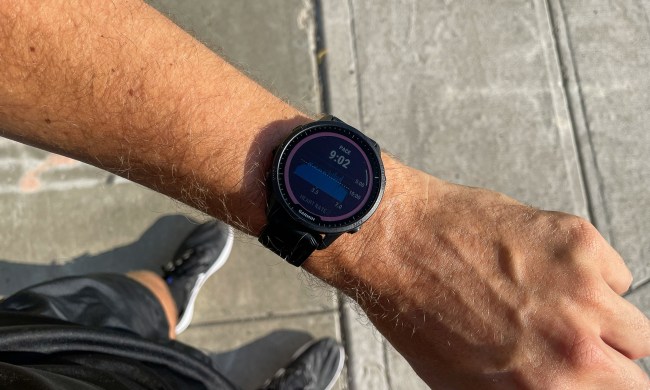
No, we’re not engaging in cuisine-related zombie fanfic, but rather posing the same question as intriguing foodie startup Memphis Meats. After debuting a meatball grown in a lab earlier in 2016, the company now wants to grow other meats in its lab — and it wants you to be part of the journey.
“Our mission is to provide the world with real meat, grown without the need to breed, feed or slaughter animals,” Uma Valeti, founder and CEO of Memphis Meats, told Digital Trends. “We are developing what we call the ‘second domestication’ — a clean meat process that will let us produce delicious meats directly from high-quality animal cells, thus domesticating the best quality muscle cells to produce meats. That compares to the ‘first domestication’ of wild animals to livestock.”
To aid with this “second domestication,” Memphis Meats is currently raising money via an Indiegogo campaign, from which you can get hold of all kinds of neat apparel in return for your support.
Having already raised several million dollars from venture funding, the donations — ranging from $3 to $1,000 — aren’t the only source of funding Memphis Meats has, but it’s a good way of spreading the word about its ambitions.
“The Indiegogo campaign is aimed at helping to educate more people on all the issues associated with conventional meat production, and — as importantly — to build a community marketplace who’ll help inform our product direction as we work toward getting our meat in market,” Valeti continued.
The notion of growing your meat in a petri dish is certainly something that sounds alien to us here in 2016, but judging by the number of backers who have so far donated to the Indiegogo campaign, the ambition of meat without murder seems to be one that a lot of people are taken with.
It’s definitely one which spurred the company’s founder to action.
“As a child I was exposed to small- and large-scale animal slaughter from close quarters,” Valeti continued. “As a medical doctor, I saw both that many of the world’s pressing issues were related to conventional meat production and consumption and the amazing impact scientific discovery was having in improving human health and longevity. Combined, I realized that behind these immense problems laid the greatest opportunity for innovation to take on one of the world’s most pressing issues, for the betterment of everyone on the planet. It’s hard to resist a calling like that!”
So how much longer will people be waiting until they can sink their teeth into some shop-bought, lab-grown meat? It will be a while, although maybe not as long as you think.
“We expect to have our first products in the market in the next five years,” Valeti concluded.


